Sony A900: A Closer Look at 24.6MP Resolution and Noise
by Wesley Fink on October 27, 2008 2:00 AM EST- Posted in
- Digital Camera
Sony A900 Full Frame vs. Sony A700 APS-C
The Sony A700 uses the same 12.3MP sensor featured in the Nikon D300, but it was not as well received as the D300 when it was introduced. The main complaint was the poor quality of Sony's built-in JPEG processing and the fact that noise reduction (NR) could not be turned off in RAW mode. Sony has addressed the early criticisms with several firmware upgrades that have finally culminated in firmware Version 4 which was released at the same time as the A900. With firmware v4 the Sony JPEG processing is finally competitive with other top cameras, noise algorithms are more competitive, and you can finally adjust or turn off NR in both RAW and JPEG modes. Many consider output of the Sony A700 with v4 firmware finally to be competitive with the well-regarded Nikon D300.
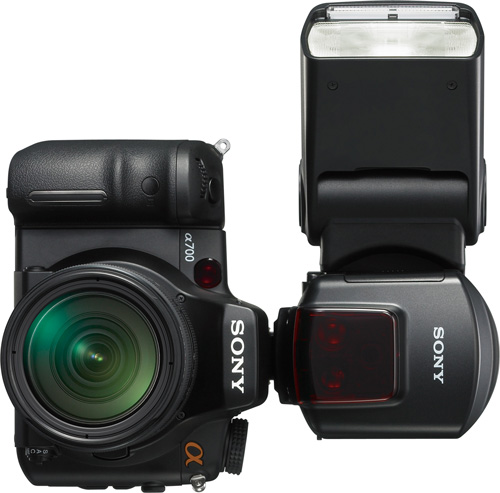
Since high ISO noise is now much better controlled in JPEG mode on the v4 A700, it should be interesting to compare noise over the range of ISO adjustments to the Sony A900 full-frame. Even though the A700 is an APS-C size sensor, resolution at 12.3MP is about the same as the Nikon D700 and the Canon 5D. The actual view of a 150x250 pixel crop will be about the same as the Nikon D700 or Canon 5D.
Once again, we compare the Sony A700 to both same pixel size crops, and 0.5x crops that represent the same area of the image in each capture. The same pixel crops are 150x250 actual pixels captured from both images. The 0.5x crops are TWICE the number of pixels in a 212x353 capture which has been adjusted from the standard 350dpi to 248dpi so the crop you are viewing is approximately the same size as the crop from the 12.3MP camera.
The resolution of the A900 sensor is astounding, but there is no escaping that it is also an inherently noisy sensor at high ISO. This is especially evident in comparing the A900 noise tests to the 12.3MP APS-C sensor used in the year old A700. This is the same sensor used in the Nikon D300 (and the new Nikon D90), and our A700 test shots were with a camera using the latest v4 firmware.
If we pixel peep the ISO 1600 output of the A900 is about as noisy as the ISO 6400 output of the A700, which came as quite a surprise. Since sensor density is a bit lower on the 24.6MP A900 than the 12.3 MP A700 this was not expected. If the comparison is made to 0.5x A900 crops the noise advantage for the A700 is still more than a stop. The only conclusion is that the A900 sensor is inherently noisier than the latest refinements of the A700, or that Sony can lower noise in the A900 further with firmware/software updates. It is also interesting that the Sony A900 tungsten color balance is much warmer than the tungsten balance of the A700.
Please do not misunderstand these conclusions in looking at pixel-level crops from JPEG test images. There could be other variables at play. However, Sony has trumpeted the v4 firmware for the A700 as incorporating all they learned in developing the A900. That leads to the assumption that processing should be very similar between these two Sony cameras. Provided that is the case the A900 sensor is noisier at high ISO values than the A700 sensor by at least one stop once the resolution differences are accounted for and two stops in pixel peeping.
If you look closely at the A900 images, there is also no escaping the incredible detail captured with the 24.6 MP sensor. Even with increased noise at higher ISO the captured detail is stunning.


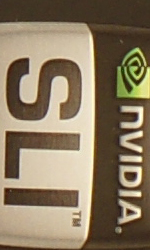
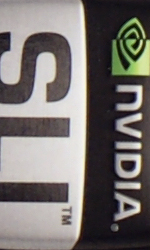

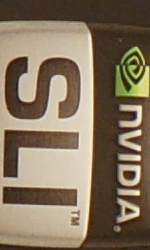
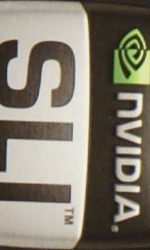
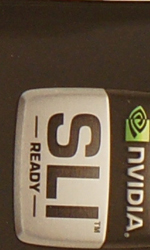
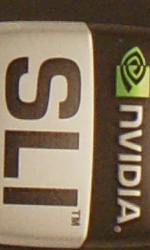

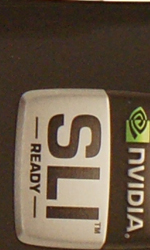
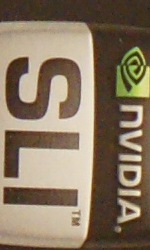
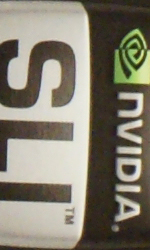
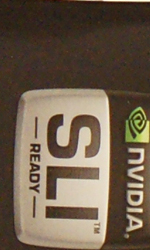


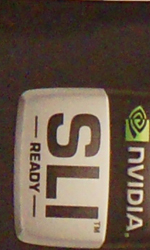
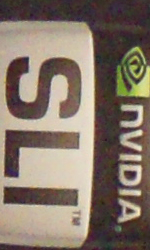

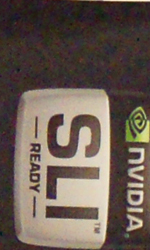
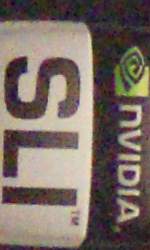










45 Comments
View All Comments
Wesley Fink - Monday, October 27, 2008 - link
We plan to begin using another target in our full-frame DSLR roundup to come when th 5D Mk II is finally shipping. There is already a huge database of "component boxes" test shots and it makes more sense to make a change when you can provide a group using the new setup.Cameras that are reviewed do not stay in our possesion forever, so it really isn't always possible to reshoot models that were tested in earlier reviews. At present we buy all the models reviewed on the open market and resell them soon after the review is completed.
haplo602 - Monday, October 27, 2008 - link
Actualy they can't because they want to be different. there's a reason why you find NR/high ISO test done on a color checker chart on the other sites, while you get a 3 color (ok black, white and green) on AT.Using a color checker chart would be too mainstream it seems ...
xsilver - Monday, October 27, 2008 - link
odd also that more wasnt mentioned about the actual revolutionary things about the a9001) dual bionz chip allowing 24mp images at 5fps
2) in body IS for a FF sensor (first)
Wesley Fink - Monday, October 27, 2008 - link
We chose not to republish our preview as part of the final review as some other sites do. However the hands-on preview is linked in the first sentence of the review. The points you make are covered in detail earlier in that article. We also mention both points in this review but we did not go into detail about them again.If enough readers want it we can include the preview information again in the final review. Some important cameras, like the A900, tend to generate a series of articles exploring different aspects of the camera.
xsilver - Tuesday, October 28, 2008 - link
I think a field test of the IS system would be goodeg. 70-200mm canon USM IS vs sony 70-200mm with body IS
which is better? how many stops exactly.
maybe also a test with something wide like a 35/50mm
I think just repeating what they are is not much of a test.
For the fps test, you could run it through some different memory cards and see if the write speed is affected.